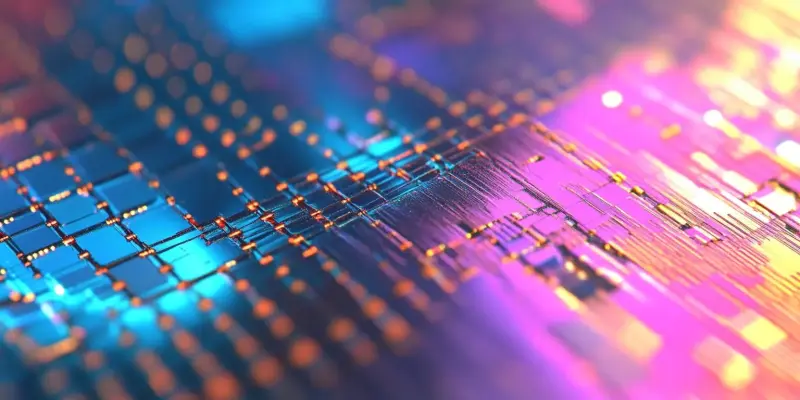In a significant breakthrough for semiconductor technology, TSMC’s 2nm “N2” technology has brought about remarkable performance and efficiency gains through the introduction of GAA nanosheet transistors. Transitioning from FinFET technology to these state-of-the-art nanosheets has resulted in an impressive performance increase of up to 15% and a power consumption reduction of up to 30% compared to earlier generations. A significant contributor to this improvement is the N2 NanoFlex, which significantly enhances transistor density and current control.
Transition to GAA Nanosheet Transistors
The 2nm process harnesses the power of GAA nanosheet transistors, which represents a substantial leap forward in transistor design. With these nanosheets, TSMC has been able to increase transistor density by 1.15 times, allowing for more precise control over currents. This shift from FinFET to GAA nanosheets is a pivotal development, as it enables manufacturers to adjust parameters to suit various use cases, providing significant improvements in performance and efficiency over the previous 3nm process. The nanosheet architecture’s ability to fine-tune electric currents strengthens computational capabilities in devices and opens avenues for developing faster, more energy-efficient electronic gadgets.
Looking ahead, TSMC plans to commence mass production of the 2nm process by the second half of 2025. This timeline sets the stage for integrating these advancements into a wider range of applications, from high-performance computing to mobile devices. However, the pathway to widespread adoption may encounter some hurdles, primarily due to the increased costs associated with next-gen semiconductor technology. Despite this, the promise of unmatched performance and efficiency will likely drive interest and investment from industry leaders, fostering innovation and growth in the tech sector.
Projected Costs and Industry Impacts
TSMC has projected an increase in wafer prices with the 2nm technology, with costs expected to range between $25,000 and $30,000 for N2 wafers. This rise is notable compared to the approximate $20,000 cost of 3nm wafers, suggesting a significant investment for companies looking to leverage this cutting-edge technology. Although these higher initial costs and the constraints of trial production may see a slower adoption rate at first, the benefits of TSMC’s 2nm process technology are anticipated to capture the interest of major industry players such as Apple and NVIDIA.
These companies are consistently in pursuit of technological enhancements to maintain their competitive edge, making the 2nm advancements tantalizing despite the associated price increase. Over time, as production yields improve and the technology matures, the adoption rate is expected to accelerate. The long-term benefits of reduced power consumption and heightened performance will likely outweigh the initial financial hurdles, paving the way for widespread integration of TSMC’s N2 nanosheets in various sectors.
A Leap in Semiconductor Evolution
In a major advancement for semiconductor technology, TSMC’s 2nm “N2” technology has achieved outstanding performance and efficiency improvements with the development of GAA nanosheet transistors. This transition from FinFET to nanosheet technology has resulted in up to a 15% performance boost and up to a 30% reduction in power consumption compared to previous generations. A key element of this technological leap is the N2 NanoFlex, which plays a crucial role in enhancing transistor density and improving current control. The shift to nanosheet transistors not only signifies a leap forward in semiconductor design but also sets a new standard for future advancements. These nanosheets provide better electrical conductivity and offer more precise control over the flow of electrical current, making them more efficient. Overall, TSMC’s 2nm technology represents a significant step toward more powerful and energy-efficient semiconductor devices, paving the way for innovations in various electronic applications.

